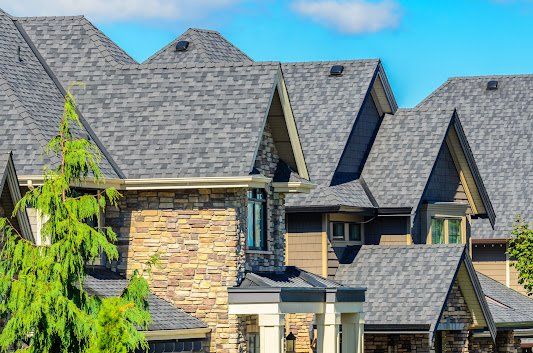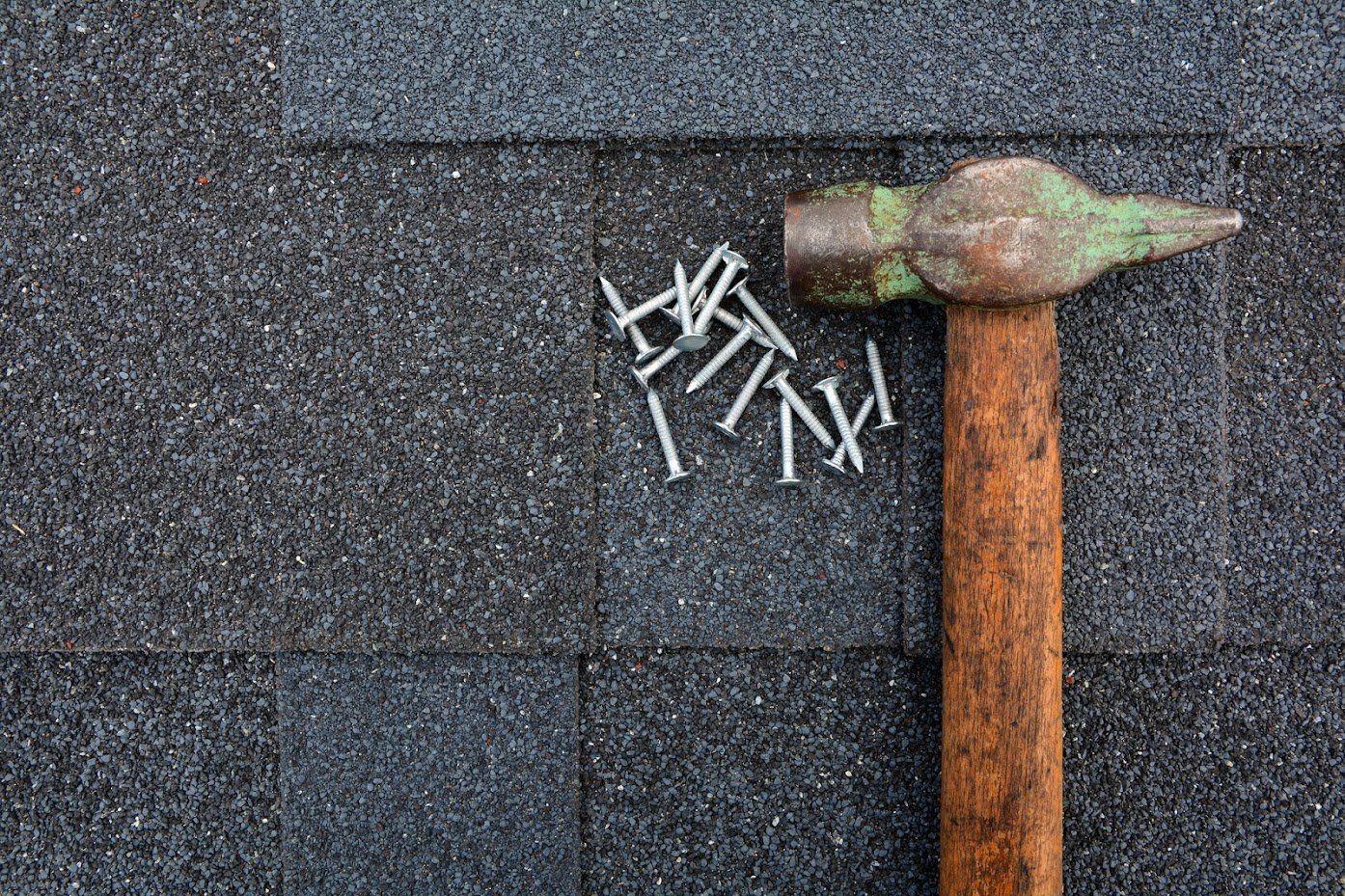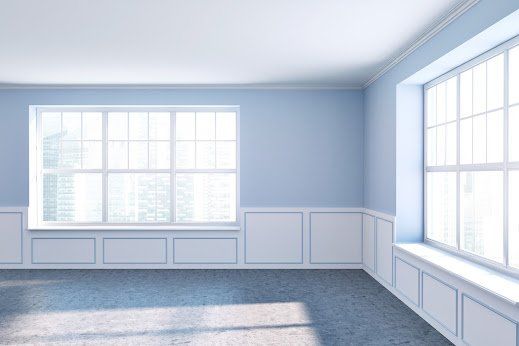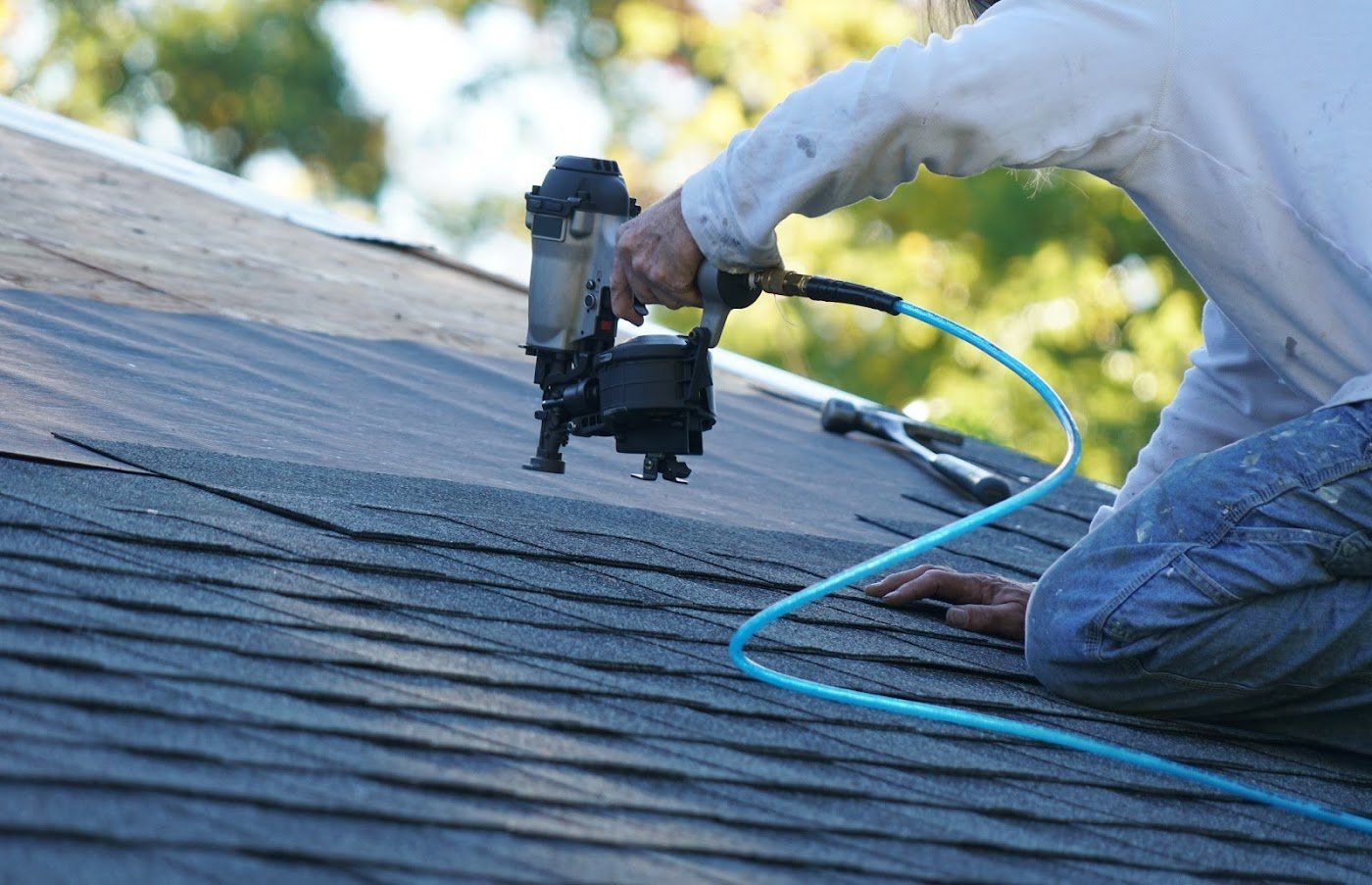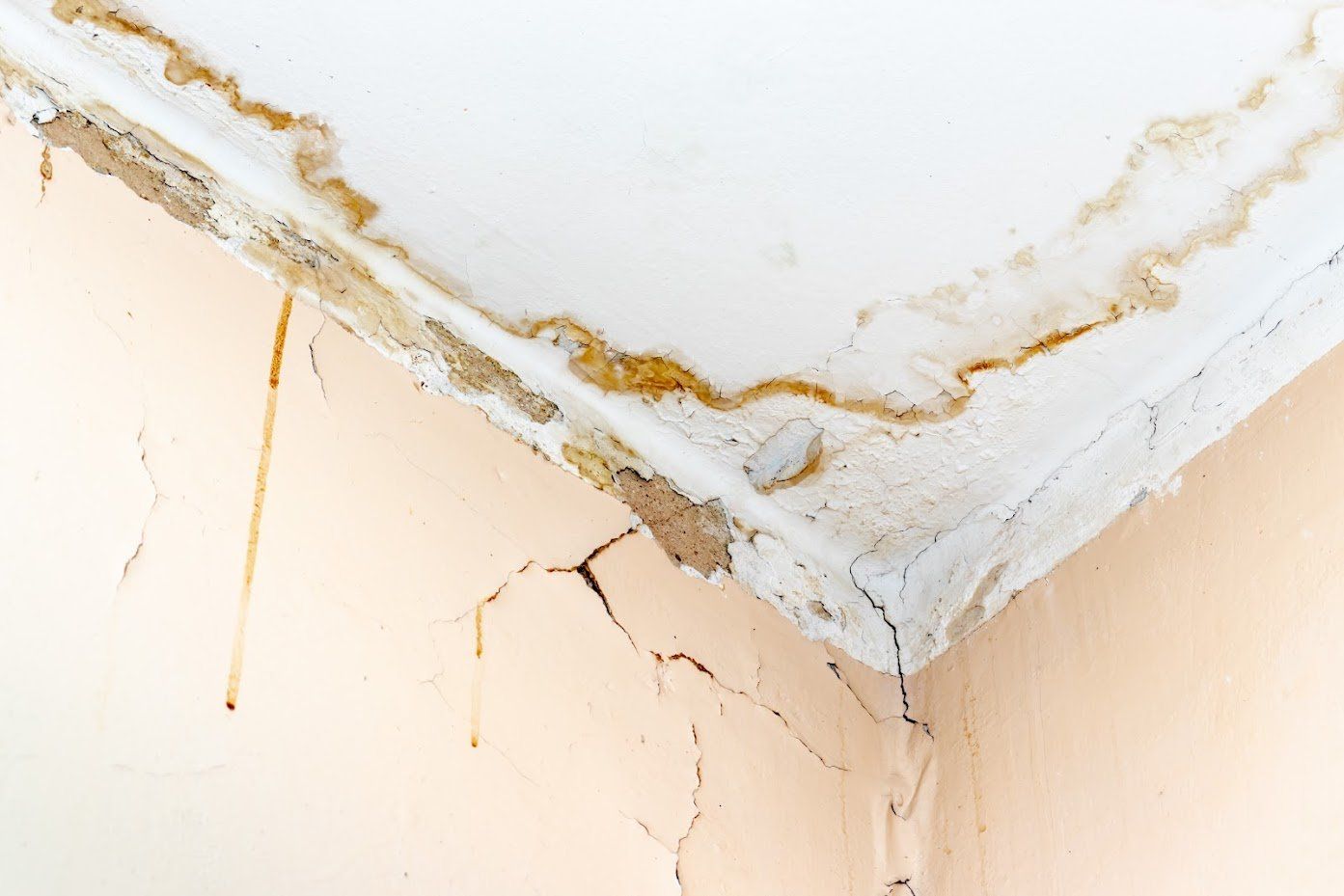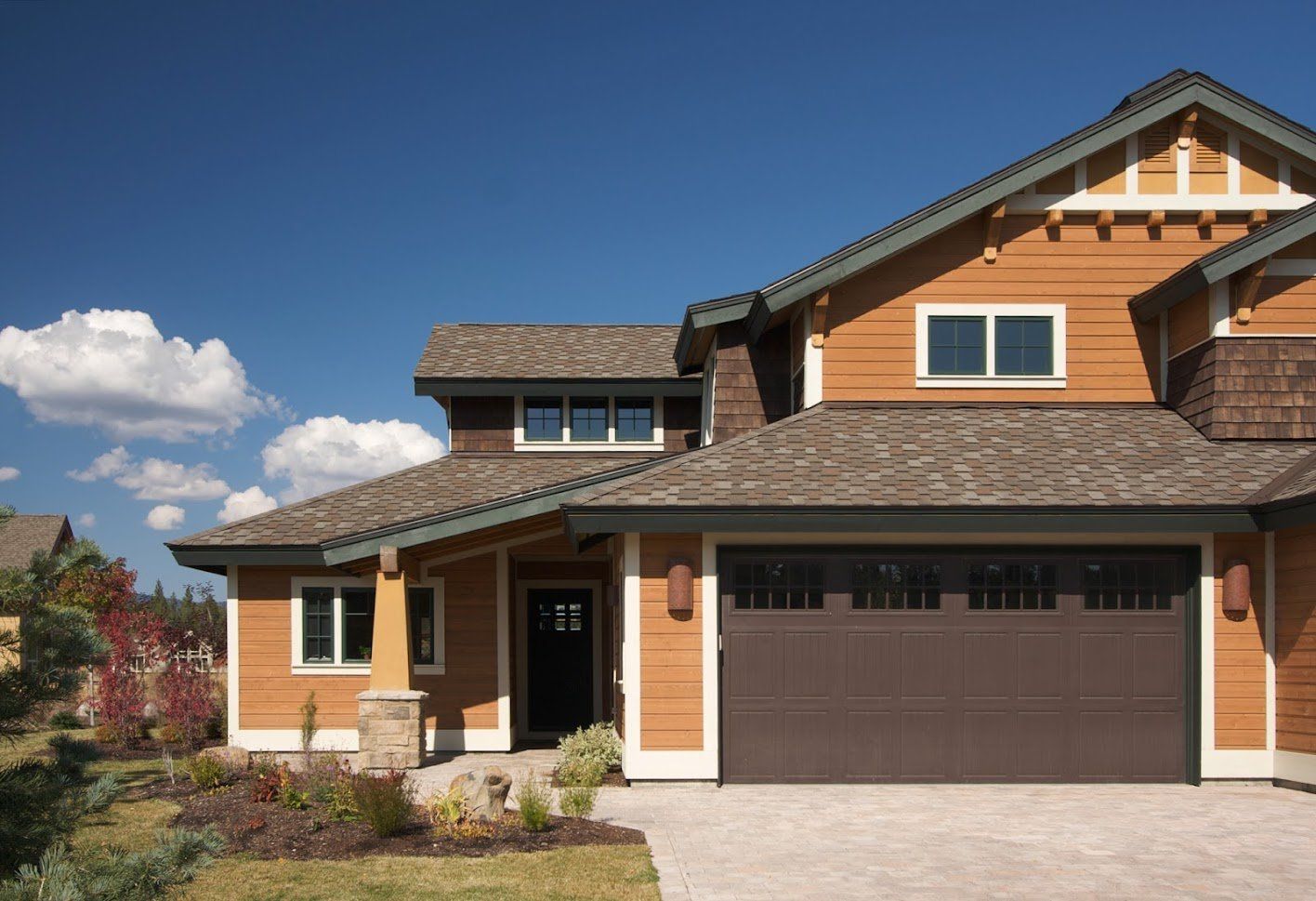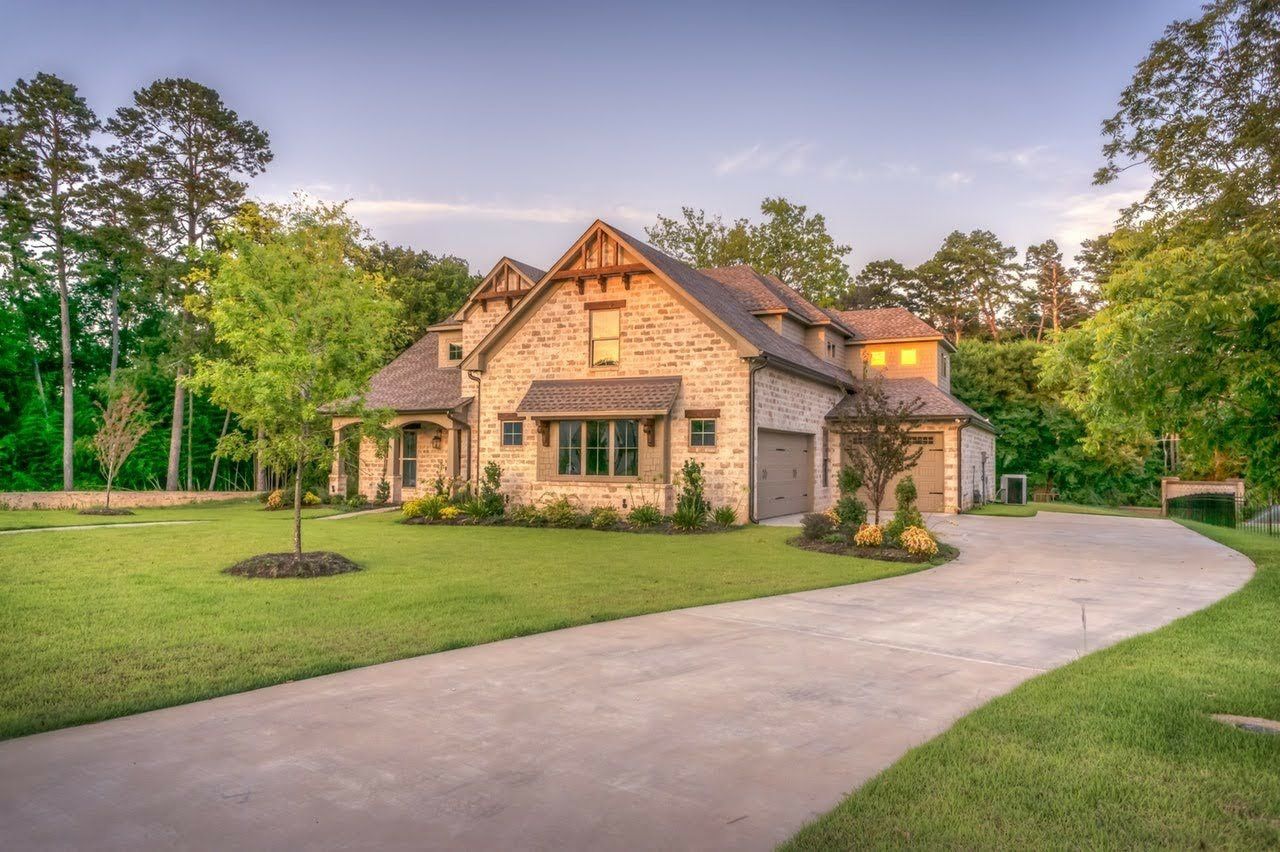Top Roofing Considerations for an Off-Grid Home
- By ADMIN
- •
- 20 Apr, 2020
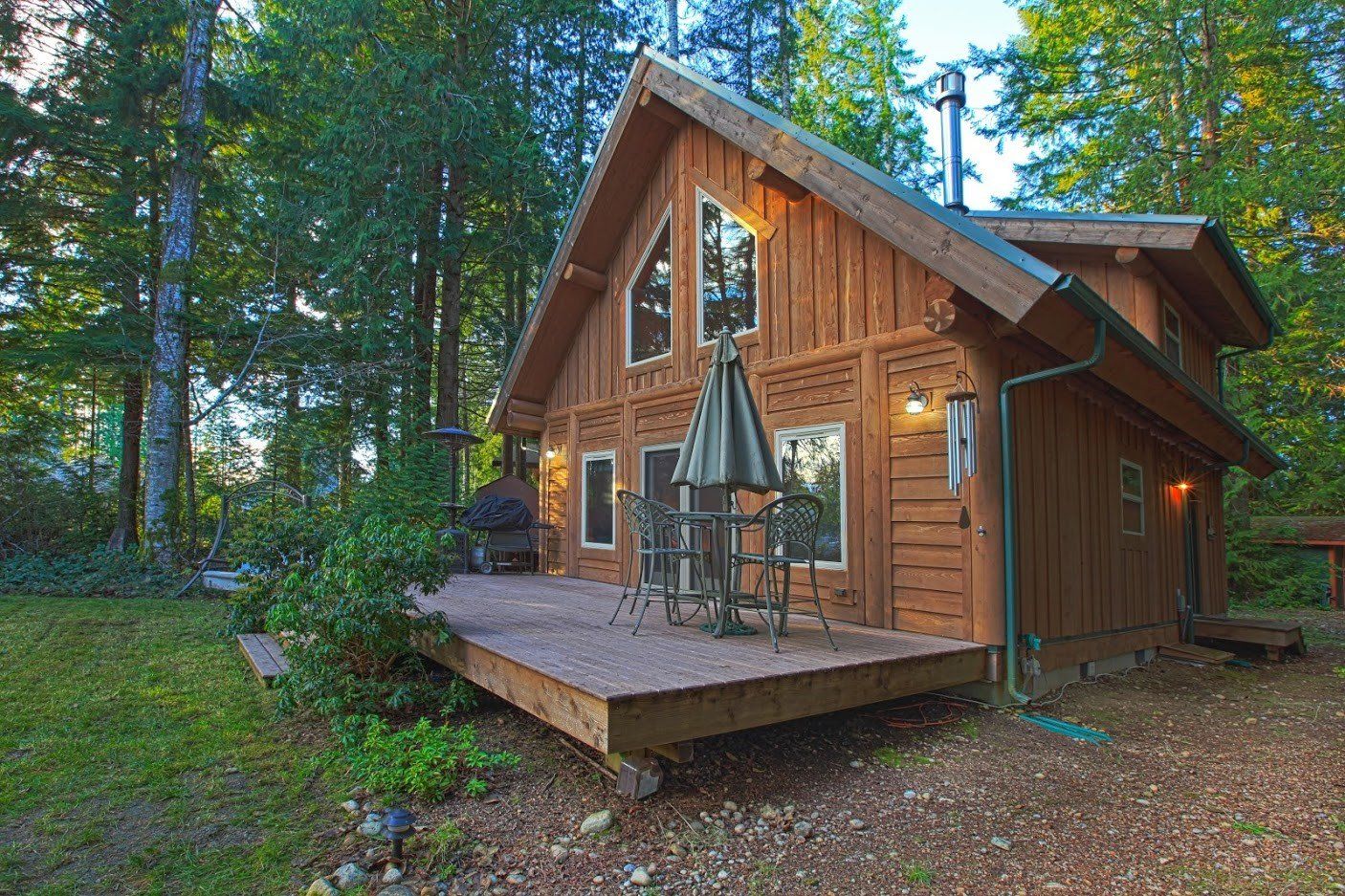
If you're constructing or replacing a roof for your off-grid home, you may wonder just what considerations you should prioritize for this roof versus a roof in a typical subdivision. Planning carefully for the best roof is especially important if your off-grid home is out in the country and far from repair services.
Here are some top considerations that you'll want to think of when planning your off-grid home's roof.
Alternative Energy Readiness
To ensure independence from the city's power grid, you'll want to have a main alternative energy source and a backup source. In many areas of the country, solar power can be a great way to provide alternative energy, so you'll want to look for a type of roofing that works well with solar.
Some types of roofing that can be a good fit with a solar array include metal, tile, and asphalt shingle roofing. If you're interested in installing a wind turbine generator on your roof for wind power, check with your contractor about the amount of extra weight your roof can comfortably hold. Some wind turbine generators can be quite heavy.
Both wind and solar can also be installed independent from your roof. But since a roof typically provides a sunny, high-up spot, it may be the ideal situation on your property for the solar or wind generator.
Energy Efficiency
Energy efficiency is another important point for off-grid houses. Since you'll rely on your own solar or wind power for heating and cooling, you can't afford to lose much excess energy through your home's walls and roof. So ensure that your roof and attic are well-insulated, and that you choose a reflective type of roof to reduce solar heat gain in summer.
You add insulation value during roof installation in several ways. For instance, adding spray foam to the underside of the roof deck and installing insulatory underlayment during the roof install can help, as can installing a radiant barrier. Talk to your roof contractor about whether any of these options might work well for your roof.
Self-Sufficiency
When designing the roof, you'll want to ensure that it's suitable for self-sufficient living. Depending on your priorities, this could necessitate a low-maintenance roof (so you don't need professionals to drive out and perform maintenance very often) and making sure that the roof is easy to clean and inspect from the ground without a ladder.
Some types of roofing are lower-maintenance than others, so be sure to discuss this with your contractor.
Transportability
The weight of your roofing material can also be a concern, especially if your off-grid house is very far off the beaten track. A large difference in weight could significantly affect the cost of hauling the materials out to your property.
Different types of roofing materials can vary from very light to very heavy. You could cover a 100-square-foot area with 47 pounds of aluminum shingles or, on the heavy side, with 1500 pounds of clay tiles. As you can imagine, getting the bulky, weighty clay tiles to a remote location could be more of a hassle.
These considerations will help you set your priorities correctly so you can choose the type, color, and style of roof that best fits as many of your top priorities as possible. You may have other considerations that vary by location as well. For example, how the roof handles snow (the amount of snow it can carry and whether snow slides off easily) is important in cold areas.
For more information about how we can help you plan and install a roof for your off-grid home, get in touch with Ratliff Enterprises, Inc. We offer installation and repairs for siding, gutters, windows, and several types of roofing.





